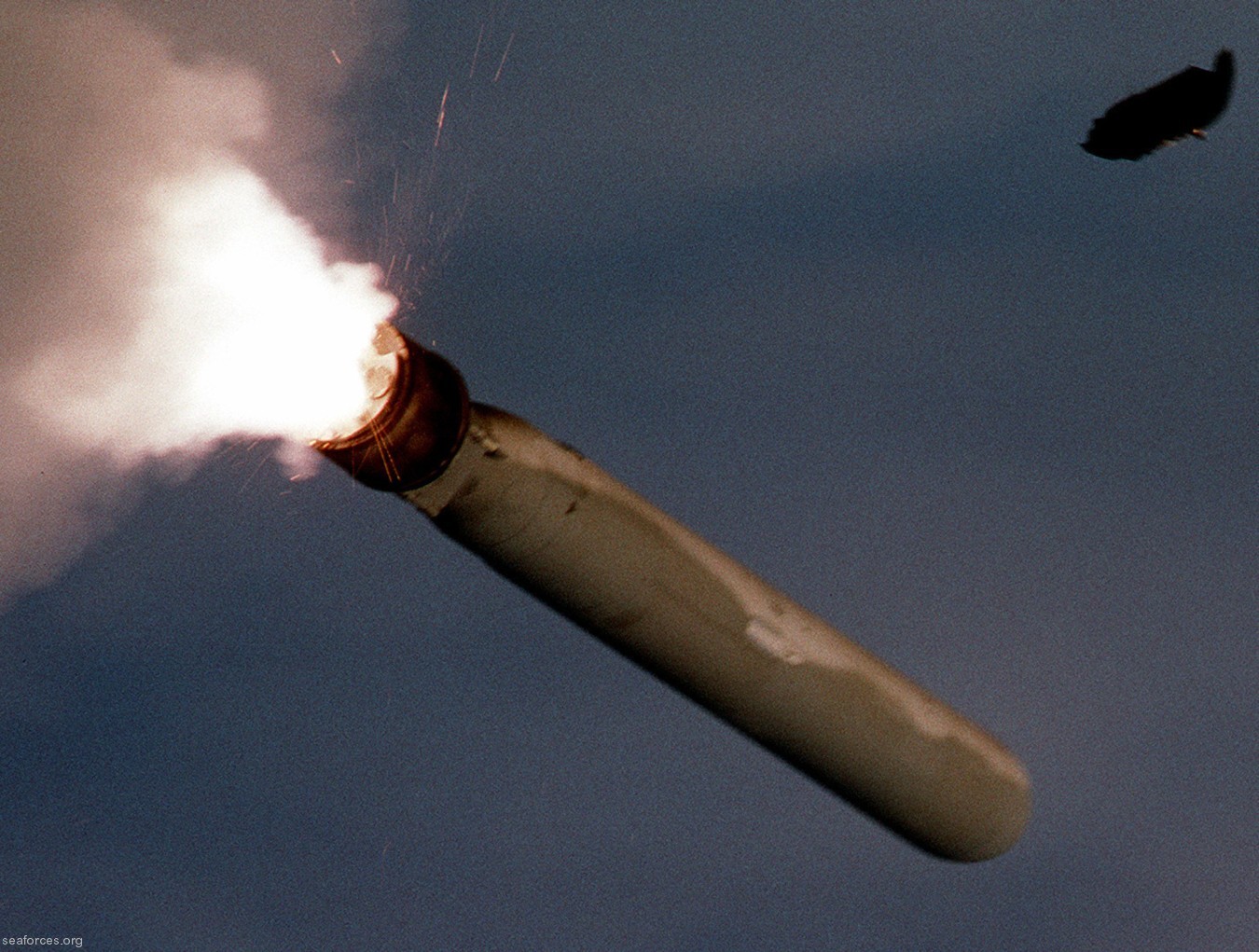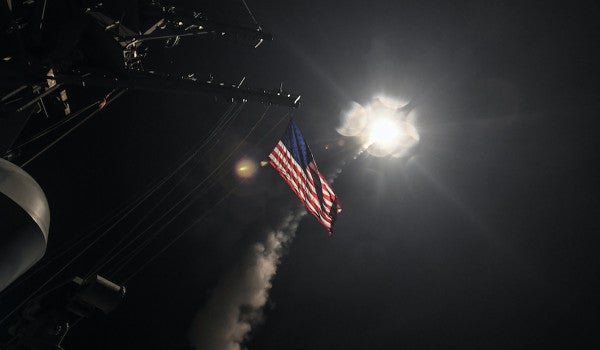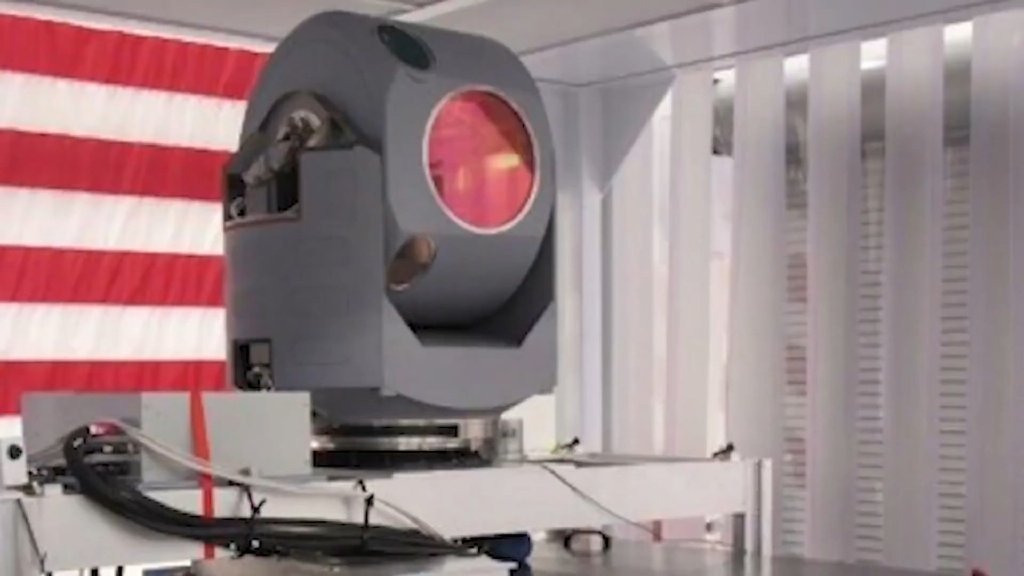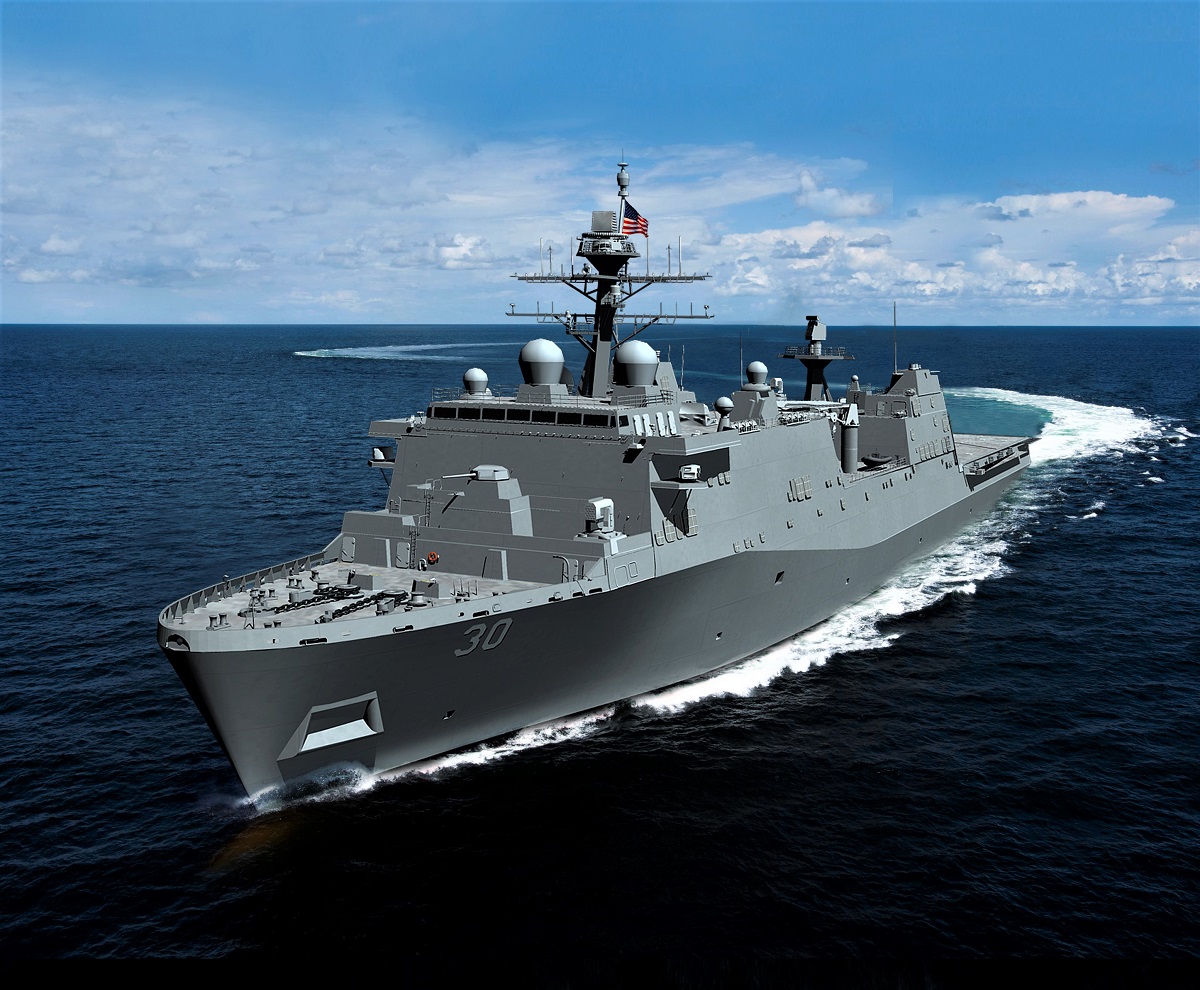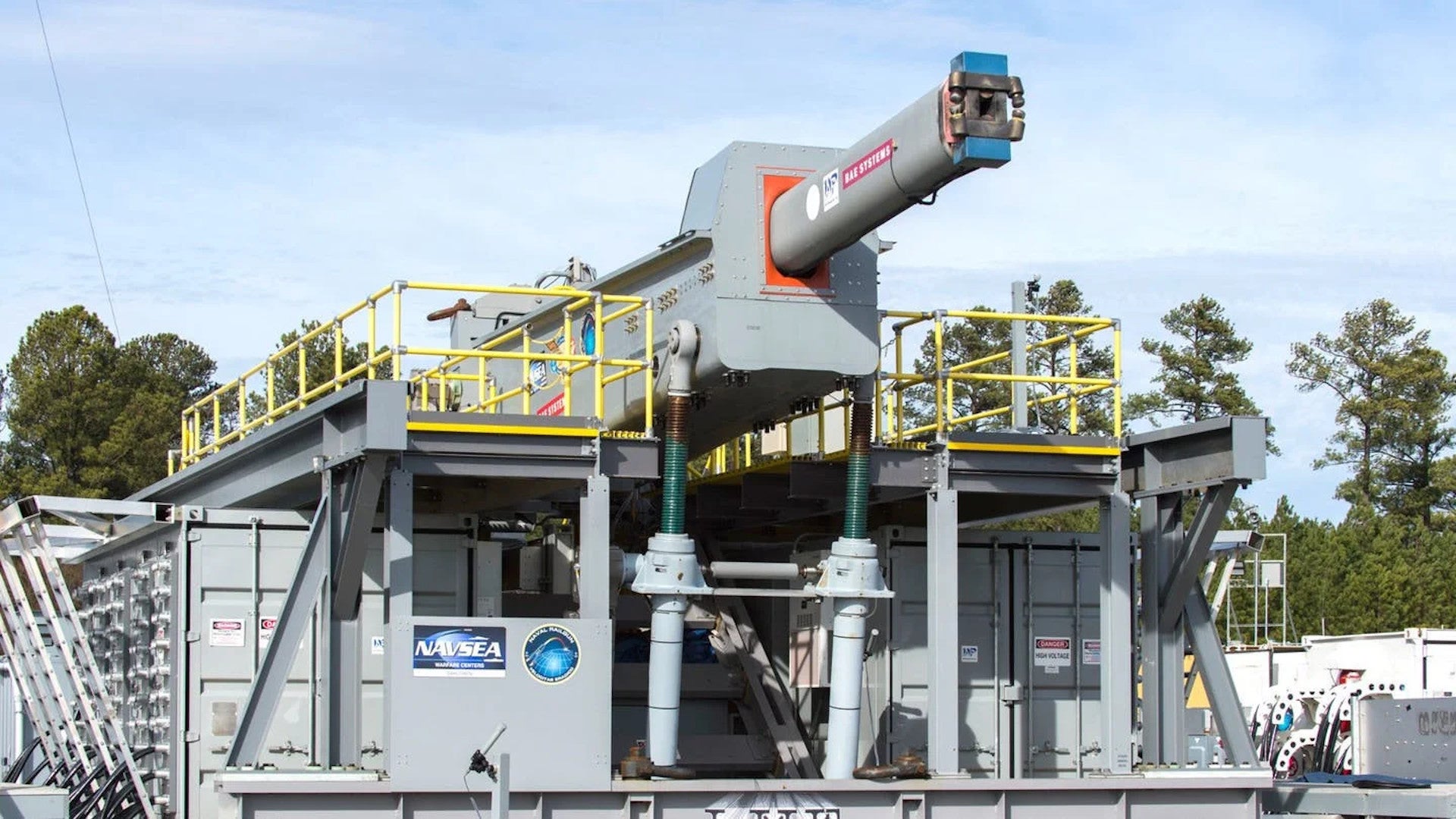Floating Arsenal to be 21st Century Battleship Jul 1996 pg44-47
.....The Navy and Marine Corp in Regional conflict in the 21st century , the (Naval Studies) Board noted that current weapons for long range fire support are inadequate. The reality is that Bottom Up Review constrained surface warship forces cannot meet the joint warfighting requirements identified in last years Surface Combatant Force Land Study by the USN's Director, Surface warfare, Naval Surface Fiere Support (NSFS) capabilities have long been a shortcoming in the USN's ability to support USMC operation. ...Meanwhile , the proliferation of cruise missiles --40k are expected to be in the worlds armories in 2000. and TBMs....
Using a 1993 Rand study Project Air Force study, The New Calculus , as baseline, the USN argued that any combination of existing in theatre and continental US based rapid reaction forces, with the capability to destroy 2k tanks and armored vehicles on the first day of an assault, would be prohibitively expensive. Given a notional MRC can include 15k mobile targets the Project Air Force study concluded that 5.5k armor kills would be necessary for assured defense. According to the study the 20 B-2s force, along w/ in theatre USAF tacair , and a on station carrier battle group , could destroy only 730 tanks and armored vehicles in the opening 24 hrs another six days of combat would be needed to reach 5.5k kills.
USN analysts assert that 500 cell LCMs w/ BAT munitions could attain 2k armor kills in the first day of a war and another 2k by Day 4. "Assured defense" ...The navy concluded that an in theatre LCM is the obvious choice to provide early firepower to halt an invasion. It exploits freedom of the sea, can hit an enemy hard on Day 1, frees airlift for other needs, and allows USAF and USN manned airpower to focus on traditional roles : CAP, CAS, SEAD. BAI, and strategic strike.
(RAND Pacific Study would add all the hardened TBM , SAM sites and aircraft shelters of the late 2030s)
.....
There are submarines variants being discussed for future Arsenal Ships. By 1997 , the USN will have 18 Ohio class BMSs in operation. The first eight of the class (SSBN 726) carry the C-4 Trident I missiels and the USN plans to retire from strtegic service, or convert the first four Ohio class SSBNs Ohio Michigan Florida and Georgia rather than upgrade them to launch the D-5 trident II missiles. Due to the 1995 BUR decision to reduce the nuclear attack submarines force to 45-55 units and, beginning in 1998, the construction of the new Attack Submarine Class, the USN is continuing to decommission the early units of the Los Angles-nuclear attack submarines many with half their service lives remaining.
There is a possibility of converting the first four Ohio Class C-4 equipped SSBNs into special purpose submarines including a "Large Stealth Combatant". The USN has determined that there are no engineering issues that would preclude extending the service lives of the Ohio Class vessels from 30 to 40 yrs. A program to modify an SSBN-726 submarine for conventional strike/fire support would require about $500m per ship but would provide a platform w approx 25 yrs of operational life, and which would retain all other submarine warfare capabilities (less strategic strike) inherent in the ship. .....

